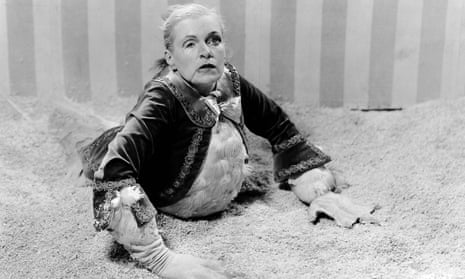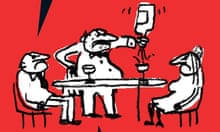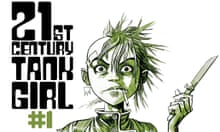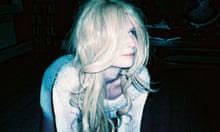I love Freaks – the notorious 1932 film rereleased in UK cinemas this week – for any number of reasons. As a fleeting glimpse of the Old Weird America of tent-shows and carnivals and rural backwardness that was long gone before anyone thought to commit it to celluloid. Because after its original test screening, a woman sued MGM claiming it had forced her to miscarry, thus prompting the studio to perform cuts on the film so savage that they unwittingly reenacted the brutal mutilation meted out in revenge to its leading “normal” protagonist, who starts out as Cleopatra of the trapeze, and ends up as the legless, tarred-and-feathered Chicken Lady.
Because MGM made it – the studio of class, elegance and poise! Because it killed off its director Tod Browning’s promising career overnight, then almost immediately fell into obscurity, only to return as a movie utterly in tune with the counterculture and generations since. And because when the movie-freak characters in Bertolucci’s 2003 film The Dreamers started chanting “One of us! One of us!” to their newest cinephiliac friend, I instantly burst into tears of nostalgia, recalling when I first saw Freaks as a teenager, at a midnight show in Baltimore in 1981, and how we left the screening proudly yelling those very same words into the suburban night.
But mainly I love Freaks because it’s a part of one of my favourite unofficial movie genres: Films Formally Banned in Britain. The genre’s limitations are, or were, the fluctuating standards of morality and “decency” that have waxed and waned since the film censor was born, mere minutes after cinema itself. In that regard, Freaks even has its twin movie in The Island Of Lost Souls, starring Charles Laughton as HG Wells’s Dr Moreau, overseeing his ghastly mutant empire of Cat-girls and Dog-men, also released in 1932 and also considered too gruesome for British cinema-goers until the 1950s.
For the censors, movie monsters took a decades-long slumber before reawakening as the Video Nasty Nightmare in the early 1980s. In the interim, the scissor-wielders went after films likely to deprave the morals of the nation’s youth. László Benedek’s biker-riot movie The Wild One was banned outright in 1954, in the midst of a national panic over teddy boys. Imports such as Black Sunday and Django were too violent, while narco-movies The Trip and The Panic In Needle Park were too druggy and/or trippy. Similarly, among the horror movies that so exercised the BBFC in later decades are some of the modern classics of the genre: The Texas Chainsaw Massacre, The Evil Dead, Cannibal Holocaust and The Last House On The Left.
I got some of my most important film education from movies banned in the UK: if they told me I couldn’t see something, I was going to find a way. And I did. If nothing else, I thank them for that.








Comments (…)
Sign in or create your Guardian account to join the discussion